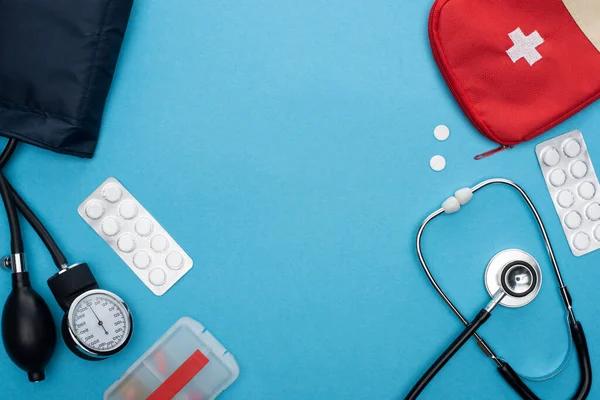In recent years, the treatment of anal abscesses has seen significant advancements due to the integration of modern laser technologies. Traditionally, managing anal abscesses involved surgical drainage and antibiotics, which often led to prolonged recovery times and discomfort for patients. However, with the advent of laser-assisted procedures, clinicians now have more precise, minimally invasive options that enhance patient outcomes while reducing complications.
One of the latest technologies employed in treating anal abscesses is the use of diode lasers. These lasers operate at specific wavelengths that allow targeted tissue ablation with minimal damage to surrounding healthy tissues. The precision offered by diode lasers facilitates effective drainage and debridement of infected areas while minimizing bleeding and postoperative pain. This technology also promotes faster healing by stimulating collagen production and improving local blood flow.
Another cutting-edge innovation is the application of CO2 lasers in managing complex or recurrent anal abscesses. CO2 lasers provide excellent control over tissue vaporization and coagulation due to their high absorption in water-containing tissues. This enables surgeons to perform meticulous excision or drainage with reduced risk of infection spread or fistula formation-a common complication associated with traditional surgical methods.
Additionally, advancements in fiber-optic laser delivery systems have enhanced accessibility within narrow anatomical spaces لیزر آبسه مقعدی such as the anal canal. These flexible fibers can be precisely maneuvered to reach deep-seated abscess cavities without extensive incisions, thereby preserving sphincter function and reducing postoperative complications like fecal incontinence.
The integration of real-time imaging techniques alongside laser therapy further refines treatment accuracy. For instance, ultrasound-guided laser drainage allows visualization of abscess dimensions during the procedure, ensuring complete evacuation while avoiding injury to adjacent structures. This combination improves success rates and reduces recurrence compared to blind incision-and-drainage methods.
Moreover, some centers are exploring photodynamic therapy (PDT) using specialized lasers combined with photosensitizing agents for resistant infections associated with anal abscesses. PDT leverages reactive oxygen species generated upon light activation to eradicate bacteria selectively without harming normal tissues-offering a promising adjunctive approach especially when antibiotic resistance poses challenges.
Patient benefits from these technological advances include shorter hospital stays, less postoperative discomfort, quicker return to daily activities, and lower incidence of complications such as fistulas or strictures. From a healthcare perspective, minimally invasive laser treatments reduce overall costs by decreasing operative time and need for extensive wound care management.
Despite these promising developments, it is essential that practitioners receive adequate training on laser equipment handling and procedural protocols to maximize safety and efficacy outcomes. Ongoing research continues into optimizing parameters like wavelength selection, power settings, pulse duration, as well as combining laser therapy with other modalities for synergistic effects.
In summary, the latest technologies employing diode lasers, CO2 lasers coupled with fiber-optic delivery systems and imaging guidance represent a significant leap forward in treating anal abscesses effectively yet gently. These innovations not only improve clinical results but also enhance patient comfort-marking an important evolution from conventional surgical approaches toward more sophisticated minimally invasive therapies driven by advanced optics and photonics science.




